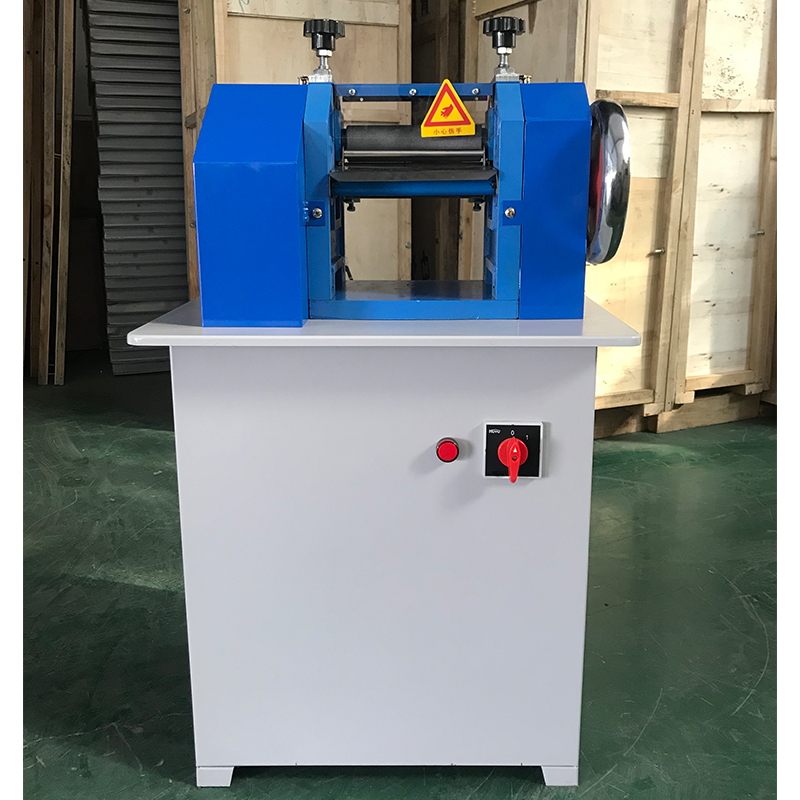tensile testing machine
Understanding Tensile Testing Machines An Essential Tool in Material Science
Tensile testing machines, often referred to as tensile testers or tensile strength testing machines, play a critical role in material science by evaluating a material’s mechanical properties. These sophisticated devices measure how materials behave under tension, providing essential data that influences design, manufacturing, and safety in various applications, from construction to aerospace.
What is Tensile Testing?
Tensile testing involves applying a uniaxial tensile load to a material specimen, gradually increasing the load until the material fails. The primary goal is to determine the material's tensile strength, which is the maximum amount of tensile stress it can withstand before failing. Other key properties measured during tensile testing include elongation, yield strength, and modulus of elasticity. These parameters are crucial for engineers and designers when selecting materials for specific applications.
The Structure of a Tensile Testing Machine
A tensile testing machine typically consists of the following components
1. Load Frame The main structure that houses the testing system, providing stability and support during the testing process.
2. Grips Devices that hold the specimen in place, ensuring that the load is applied uniformly. Grips can be mechanical or hydraulic, designed to accommodate various shapes and sizes of specimens.
3. Load Cell A sensor that measures the force applied to the specimen. The load cell provides real-time data that can be analyzed to determine the tensile strength.
4. Crosshead The moving part of the machine that applies the tensile load. It is controlled electronically to ensure precise increments of load application.
5. Data Acquisition System This component collects, processes, and displays data from the load cell, allowing operators to monitor the testing process. Advanced systems provide graphical representations of stress-strain curves, which are vital for understanding material behavior.
The Testing Procedure
The tensile testing procedure involves several key steps
tensile testing machine

1. Sample Preparation Specimens are prepared according to standardized dimensions, often shaped into dog-bone forms to ensure uniform stress distribution during testing.
2. Setup The prepared specimen is securely placed in the grips of the tensile testing machine.
3. Testing The machine slowly applies tension to the specimen, and the load and elongation are recorded. The process continues until the material yields (if applicable) and eventually fractures.
4. Data Analysis Once the test is complete, the data is analyzed to produce a stress-strain curve. Key points on the curve indicate the yield point, ultimate tensile strength, and fracture point.
Applications of Tensile Testing Machines
Tensile testing machines are used across various industries
1. Construction To ensure that materials like steel and concrete can withstand the structural loads they will encounter.
2. Aerospace In development and testing of materials that must meet stringent strength and safety standards.
3. Automotive For evaluating components and materials used in vehicle manufacturing, ensuring durability and performance.
4. Consumer Goods To assess the reliability of materials used in everyday products, ranging from clothing fabrics to electronic devices.
Conclusion
In summary, tensile testing machines are indispensable in material characterization. Their ability to provide crucial data on the mechanical properties of materials allows engineers and designers to make informed decisions. With advances in technology, these machines continue to evolve, offering greater precision, enhanced data analysis capabilities, and improved user interfaces. As the demand for high-performance materials grows in various sectors, the role of tensile testing machines will remain vital in ensuring that materials meet the required standards for safety and functionality.
-
Why the Conductor Resistance Constant Temperature Measurement Machine Redefines Precision
NewsJun.20,2025
-
Reliable Testing Starts Here: Why the High Insulation Resistance Measuring Instrument Is a Must-Have
NewsJun.20,2025
-
Flexible Cable Flexing Test Equipment: The Precision Standard for Cable Durability and Performance Testing
NewsJun.20,2025
-
Digital Measurement Projector: Precision Visualization for Modern Manufacturing
NewsJun.20,2025
-
Computer Control Electronic Tensile Tester: Precision and Power for the Modern Metal Industry
NewsJun.20,2025
-
Cable Spark Tester: Your Ultimate Insulation Assurance for Wire and Cable Testing
NewsJun.20,2025
 Copyright © 2025 Hebei Fangyuan Instrument & Equipment Co.,Ltd. All Rights Reserved. Sitemap | Privacy Policy
Copyright © 2025 Hebei Fangyuan Instrument & Equipment Co.,Ltd. All Rights Reserved. Sitemap | Privacy Policy
